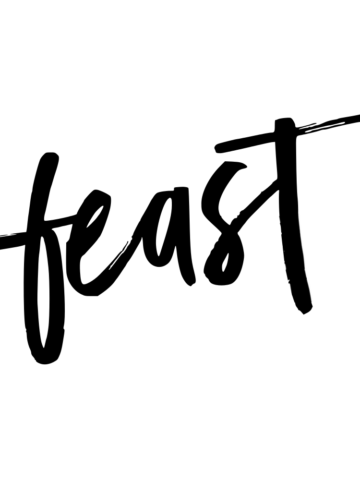A popular avenue for large, long-established editorial sites is to create a paywall for their content. A paywall is a feature that blocks visitors from accessing content on your site (like a wall), unless the visitor pays.
There's a compelling reason to do this if you believe the benefits - revenue - will exceed the consequences, but the consequences have to be weighed.
Lower Visitor Engagement
A paywall blocks your content from being served to visitors, as well as search engines. Visitors who see less content are less likely to engage with a brand or blog, and encourages them to bounce to another search result. Speaking of...
Increased Bounce Rates
While "bounce rates" aren't officially factored into search engine rankings, behavior such as returning to a search page to find a better recipe or piece of content is very likely counted against those sites as a signal of low relevance.
Opportunity Cost
Those visitors who leave your food blog because it didn't deliver on what it promised (the recipe) present a lost opportunity to actually engage.
At every interaction with a visitor, you have to ask what the acceptable next-step is to build a relationship.
Just like you don't ask a strange to marry you when you bump into them at a grocery store, you shouldn't be asking strangers to simply trust that you'll give them value for their money when they don't know you.
A call-to-action to comment on the recipe, tweet the recipe or share it on pinterest is a good first step. It requires low commitment and presents an opportunity to keep in touch. Maybe capture an email address so that you can send them something valuable.
From there, you can build into a trusted resource, who they'd be happy to buy something from.
Reduced on-site content
Paywalls restrict search engines from seeing what your content is about, and are likely to assign it a lower score than an identical website without the content hidden. This in turn leads to less traffic and less revenue.
Time to Manage Complexity
Adding another feature to your food blog adds complexity, complexity that has to be managed to ensure it plays nice with other features.
Do you want to spend an extra hour per month managing something that's going to bring in $0.10 CPM?
Why do large media companies and publishers paywall their content?
Their brand presence and long history of high quality editorial content give them an established brand authority that makes subscribing.
They also have teams of technical people whose sole job is to A/B test and optimize the conversion rates - they're probably 10x more likely to convert their traffic to payed subscribers than relatively unknown food blogs.
That combined with visitor traffic that's thousands of times higher than even successful food blogs, makes a compelling business case.
Should I create a paywall or subscriber-only content?
Short answer: no.
Unless you're doing 5 to 6 figures monthly and can afford to put in the work to optimize and convert a high volume of visitors, the payoff is generally not worth it.


Leave a Reply